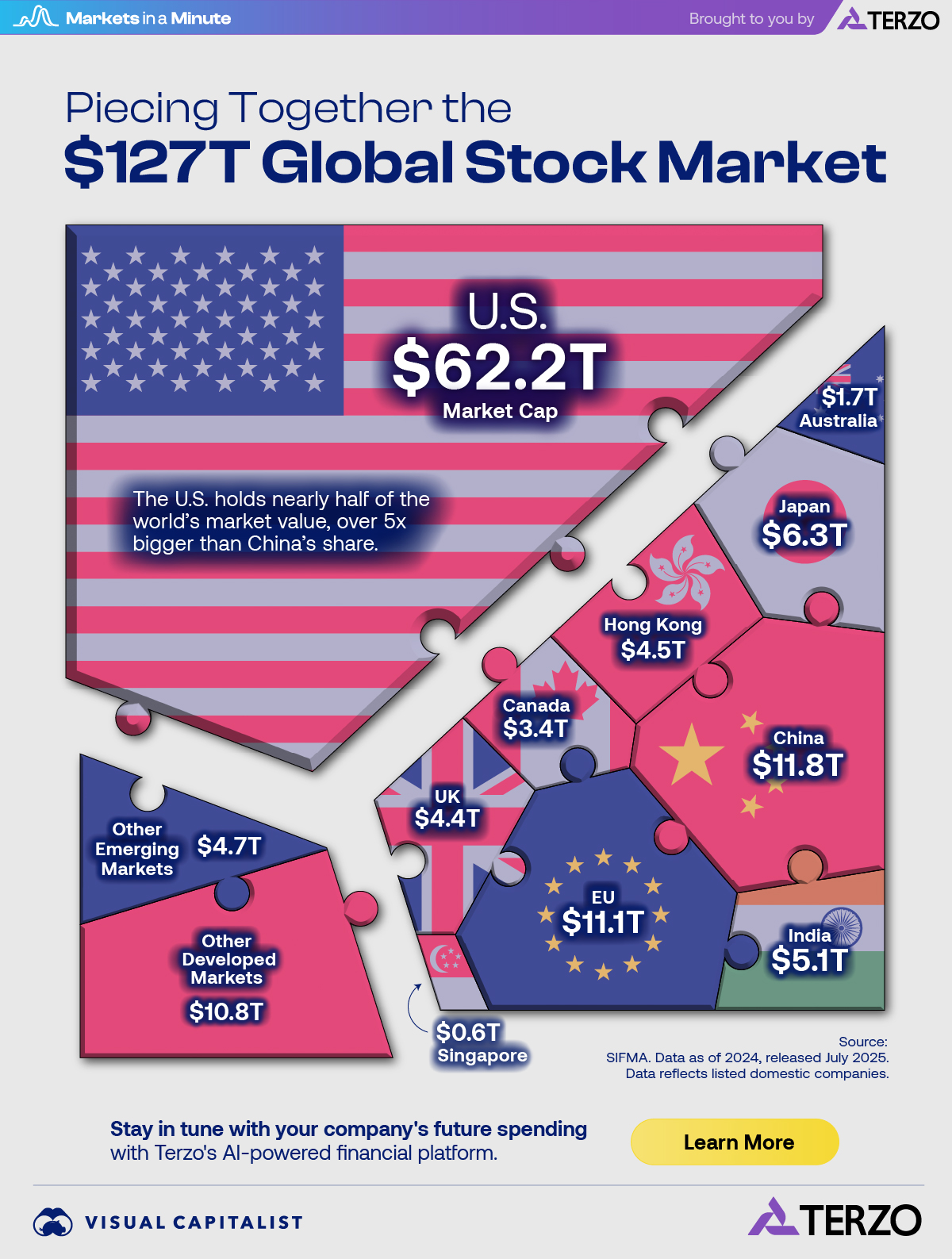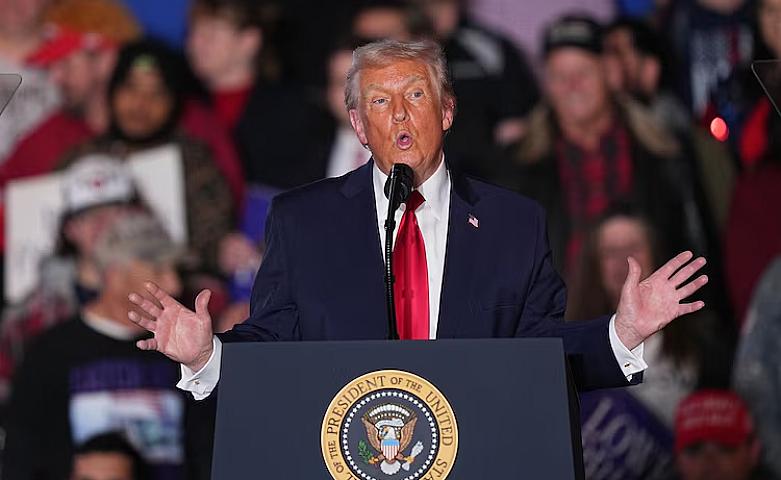The strong basis of some politicians' and experts' "forecast" about the decline of the West and the rise of China, resulting in the emergence of a new bipolar or multipolar world, does not exist. It is true that as a result of the process that began with the transfer of production from the West to the East, Asia has become the leading center of global economic production, turning into China's manufacturing power.
However, despite China's manufacturing power, it is not sufficient to form a bipolar world order. There are several reasons for this.
Although China has transformed into a production power, it has not been able to convert this into political, military, and technological power. Unlike the Soviet Union, China is not a state that can compete with the United States in terms of the number of its allies. China's communist system is not an attractive political system. Organizations formed under China's leadership, such as the Shanghai Cooperation Organization and BRICS, are amorphous structures that, unlike NATO and the European Union, do not impose obligations on member countries. Although China has huge ground forces, its naval and aviation power is weak, which makes it impossible to conduct warfare far from its borders.
Although in terms of gross domestic product (GDP) China has reached a level to compete with the United States, it is impossible for China to surpass the US. The US economy, as it was 50 years ago, still accounts for one-quarter of the global GDP today. China's share in the global GDP has not increased at the expense of the US share. Therefore, the current balance of power poses no threat to the US world leadership. Moreover, the difference between the capitalization of the two countries' stock markets shows how powerful the US economy is.
Currently, the global stock market amounts to 127 trillion dollars, of which 49.1 percent or 62.2 trillion dollars belong to the United States. China's stock market totals only 11.8 trillion dollars. The third-ranked European Union's stock market is 11.1 trillion dollars.

Today, only three of the world's 20 most valuable companies are located outside the US. One of these three companies is Saudi Arabia's "Saudi Aramco", the second is "Taiwan Semiconductor Manufacturing Company" in Taiwan, and the third is China's "Tencent Holdings Ltd".
The market value of NVIDIA, which leads the list of the world's most valuable companies, is greater than the combined value of these three companies. By the way, I should note that NVIDIA's market value is approaching 4.5 trillion dollars. Among the world's 100 most valuable companies, 59 are located in the United States.
Among the world's 100 most valuable companies, aside from Saudi Arabia's "Saudi Aramco" company from the Islamic world, only the United Arab Emirates' "International Holding Company" is included. Among the top 10 countries by stock market volume, there is also no country representing the Islamic world.
Russia's situation is even more pathetic. Around the first half of 2008, Russia's gas giant "Gazprom" was more valuable than "Microsoft" by market value, but now Gazprom's market value is less than 1 percent of Microsoft's capitalization. By the way, I should note that Microsoft's market value is over 3.8 trillion dollars.
By maintaining its economic, political, and military leadership and becoming a technological leader, the United States remains an invincible power for all countries. The absence of a state or union of states that can compete with the US excludes the formation of a bipolar world order.
The question that concerns most people today is how states will fit into the new unipolar world order being established under US leadership. I will try to clarify this question in the next articles.
Xaqani Jafarli,
political scientist







